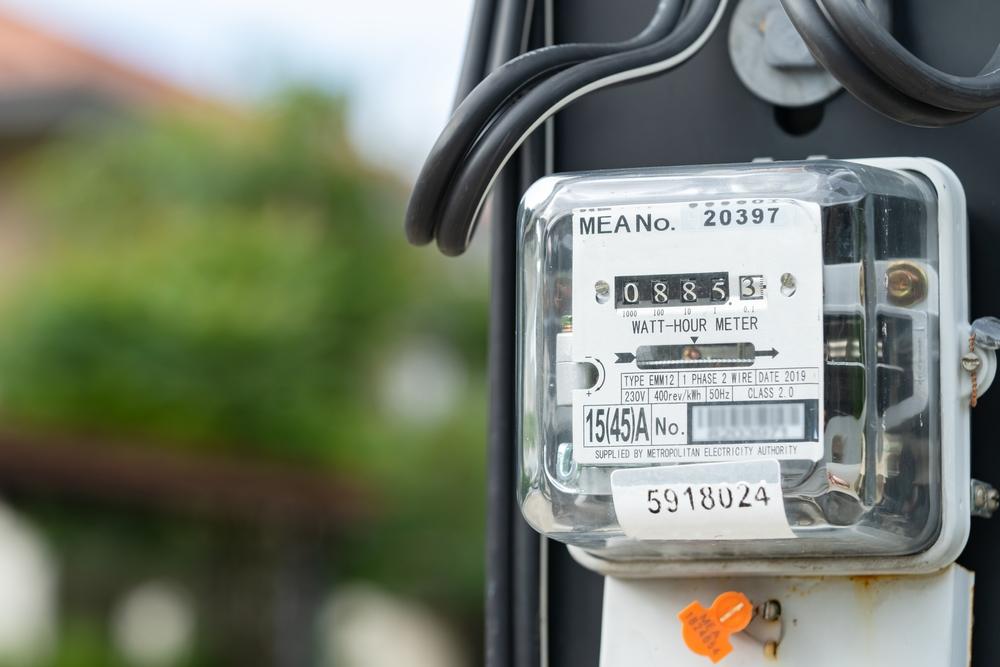Are you considering dental implants but uncertain about what the financial landscape might look like in 2025? The world of dental implants is evolving with new technology, different economic factors, and changing medical standards. Understanding potential costs and planning accordingly can make all the difference in achieving your ideal smile without breaking the bank.

Understanding the Basics of Dental Implants
Dental implants have become the gold standard for tooth replacement, offering a long-lasting and aesthetically pleasing solution for missing teeth. They are composed of three main components: the implant post, the abutment, and the crown. The post is a screw-like structure made from titanium or zirconium oxide that acts as a root for the replacement tooth, embedding into the jawbone. The abutment sits on top of the post and serves as a connector between the implant and the prosthetic tooth. Finally, the crown is the visible part of the tooth designed to blend in with natural teeth.
The advantages of dental implants go beyond aesthetics. They help maintain jawbone density, prevent neighboring teeth from shifting, and restore functionality similar to natural teeth. The process usually requires multiple stages over several months, involving surgery, healing, and fitting the crown.
Factors Influencing Dental Implant Costs in 2025
Several factors will influence the cost of dental implants in 2025, making it essential for prospective patients to be informed about these variables. Understanding these can help you prepare financially for the procedure.
- Material Costs: The type of material used for dental implants (titanium or zirconium) can significantly impact pricing. Zirconium implants, while aesthetically superior for some, might incur a higher cost.
- Technical Advancements: New advancements in technology and techniques can introduce cost variability. With digital imaging and 3D printing reducing procedural times and enhancing accuracy, the traditional and less efficient methods may become less common, possibly affecting prices.
- Geographic Location: Costs vary significantly depending on the location. Urban areas or regions with higher costs of living generally result in higher dental service prices.
- Expertise and Experience: More experienced dental surgeons might charge a premium for their services. While this increases upfront costs, high expertise often leads to better outcomes and fewer complications.
- Auxiliary Procedures: Additional required procedures such as bone grafts or sinus lifts for patients with insufficient jawbone volume can increase overall costs.
- Insurance Coverage and Government Policies: Changes in healthcare policies and insurance coverage can alter costs. Some plans may increase coverage for dental implants to align with updated health standards and technology.
Projected Price Ranges for Dental Implants in 2025
Estimating future costs involves unpredictable variables like inflation, economic conditions, and healthcare policy shifts. However, examining current trends can offer an educated projection of what to expect in 2025.
For single-tooth implants, prices in 2025 might range from $3,500 to $6,000 per implant. In settings where full arch restoration is necessary, such as All-on-4 implants, patients can anticipate spending between $20,000 and $40,000 per arch. These price ranges could be influenced by several factors as detailed in the previous section.
For more detailed costing information, Aspen Dental's Pricing Offers reflect the variation between different types of implants. Additionally, Dental Depot DFW and Advanced Smile Dental provide further insights into cost variations based on specific procedures and insurance scenarios.
Maximizing Value from Your Dental Implant Investment
Given the significant investment that dental implants represent, ensuring value is crucial. Here are steps to maximize your investment:
- Research and Consultation: Invest time in researching highly regarded dentists and dental surgeons. Schedule consultations with multiple providers if possible, and ask about their experiences with cases similar to yours.
- Insurance and Financing: Thoroughly explore your insurance coverage and potential financing options. Some dental clinics offer payment plans or work with third-party financing companies to ease the financial burden.
- Regular Maintenance: After your implants are in place, adhering to a robust dental hygiene routine and regular dental checkups will ensure the longevity of your investment.
- Health and Wellness: Maintaining good overall health supports better outcomes for healing and long-term implant success. This might include quitting smoking, managing chronic diseases, and maintaining a balanced diet.
Conclusion: Preparing for the Future
In conclusion, the landscape for dental implant prices in 2025 is shaped by a diversity of factors including technological innovations, material preferences, and healthcare coverage changes. Although prices are projected to range widely, being informed and prepared financially can enable access to these transformative procedures.
For those considering dental implants, thoroughly researching options and planning financially will ensure you achieve the best possible outcome for your oral health and overall wellbeing. For more extensive details, the blog at Implant Training Courses can provide additional insights into the complexities of dental implant procedures and pricing.
Venturing into the world of dental implants is a significant decision with long-term health benefits. By understanding potential costs and taking proactive steps, you can secure both your smile and financial health well into 2025 and beyond.




